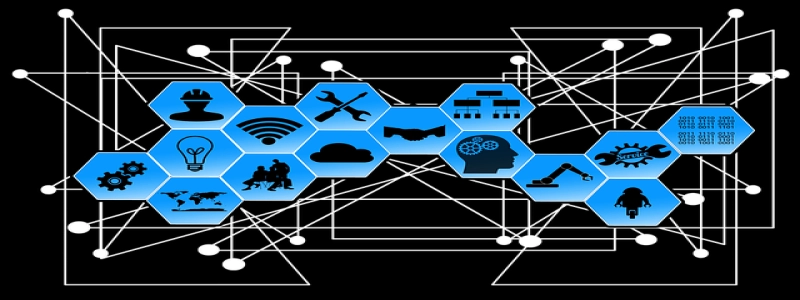How Ethernet Switch Works
介紹:
Ethernet switches are an essential component of modern computer networks. They play a crucial role in connecting multiple devices within a network and facilitating communication between them. 在這篇文章中, we will explore the working of an Ethernet switch in detail.
我. What is an Ethernet Switch?
– Definition: An Ethernet switch is a networking device that connects multiple devices, such as computers, printers, and servers, within a local area network (LAN).
– Purpose: Ethernet switches facilitate the transfer of data packets between different devices in a network.
第二. How does an Ethernet Switch Work?
A. Understanding Data Transmission:
1. Data Packets: Data is transmitted over a network in the form of small units called data packets.
2. MAC Addresses: Each device connected to the network is identified by a unique Media Access Control (MAC) address.
B. Basic Operation of an Ethernet Switch:
1. Port-Based Communication: An Ethernet switch has multiple ports that connect devices in a network. Each port is assigned a specific number.
2. Learning MAC Addresses: When a device is connected to a port, the switch learns its MAC address by examining the source address of incoming data packets.
3. Building MAC Address Table: The switch maintains a MAC address table that maps MAC addresses to specific ports. This table is updated as devices join or leave the network.
4. Forwarding Decision: When a device needs to communicate with another device, it sends a data packet to the switch. The switch examines the destination MAC address and looks it up in the MAC address table.
5. Traffic Routing: Based on the MAC address table, the switch forwards the data packet to the appropriate port that is connected to the destination device.
C. Switching Methods:
1. Store-and-Forward: In this method, the switch receives the entire data packet before forwarding it. It checks the integrity of the packet and verifies the destination MAC address before forwarding.
2. Cut-Through: This method forwards the data packet as soon as the destination MAC address is examined. It does not wait for the complete packet, resulting in low latency but offering less error checking.
第三. Advanced Features of Ethernet Switches:
A. VLANs (Virtual Local Area Networks):
1. Definition: VLANs allow the segmentation of a LAN into multiple logical networks, enabling better network management.
2. Benefits: VLANs provide increased security, improved performance, and efficient resource utilization.
B. Spanning Tree Protocol (STP):
1. Purpose: STP prevents loops in a network topology that can cause broadcast storms and network congestion.
2. Operation: STP identifies redundant paths between switches and blocks them, creating a loop-free and fault-tolerant network.
C. Quality of Service (QoS):
1. Definition: QoS allows the prioritization of certain types of traffic in a network, ensuring appropriate allocation of bandwidth.
2. Benefits: QoS ensures smooth transmission of critical data, such as voice and video, by minimizing latency and packet loss.
結論:
Ethernet switches are vital for the proper functioning of computer networks. They enable efficient communication between devices by intelligently routing data packets based on MAC addresses. Understanding the working principles and advanced features of Ethernet switches is crucial for network administrators and IT professionals to ensure optimal network performance and reliability.








